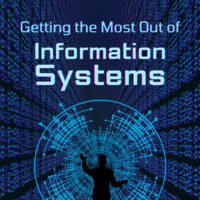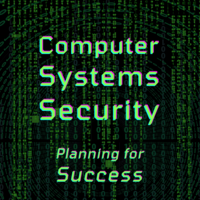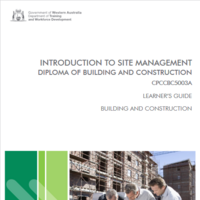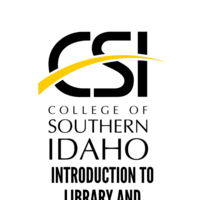Search
Books+
Searching 1,730 books
Search related to the career Air Traffic Controller
Tasks of an Air Traffic Controller:
1. Monitoring and Directing Aircraft: Air Traffic Controllers are responsible for monitoring the movement of aircraft within their assigned airspace. They provide instructions and guidance to pilots to ensure safe and efficient aircraft separation.
2. Communicating with Pilots: Controllers use radio communication to relay important information to pilots, including weather conditions, runway assignments, and air traffic flow. They also receive and process flight plans from pilots.
3. Managing Traffic Flow: Controllers coordinate the flow of air traffic by assigning departure and arrival slots, sequencing aircraft for takeoff and landing, and adjusting routes to avoid congestion or adverse weather conditions.
4. Providing Safety Alerts: Controllers are responsible for issuing safety alerts to pilots when they detect potential conflicts or hazards. They must take immediate action to prevent accidents or incidents.
5. Monitoring Navigation Aids: Air Traffic Controllers monitor radar displays, computer systems, and other navigation aids to track the position and movement of aircraft accurately. They use this information to maintain safe separation between aircraft.
6. Collaborating with Other Controllers: Controllers work in teams and must collaborate effectively with their colleagues to ensure smooth operations. They coordinate handoffs of aircraft between different sectors of airspace.
7. Emergency Management: In case of emergencies, controllers must respond quickly and efficiently. They provide guidance to pilots during emergency situations, such as engine failures, severe weather, or security threats.
8. Updating Flight Data: Controllers maintain accurate and up-to-date records of flight data, including departure and arrival times, delays, and any incidents or deviations from the planned routes.
9. Continuous Monitoring: Controllers must constantly monitor the airspace and stay vigilant for any potential issues or deviations from standard operating procedures. They must be prepared to react swiftly to changing circumstances.
10. Training and Professional Development: Air Traffic Controllers undergo regular training to stay updated on new procedures, technologies, and regulations. They participate in simulations and exercises to enhance their skills and knowledge.
Source: Various AI tools
Vocational skills
Artificial intelligence
Books tagged Artificial Intelligence
Computer science
Books tagged Computer Science
Challenging
Searched in English.

















































